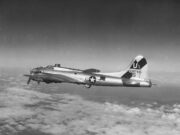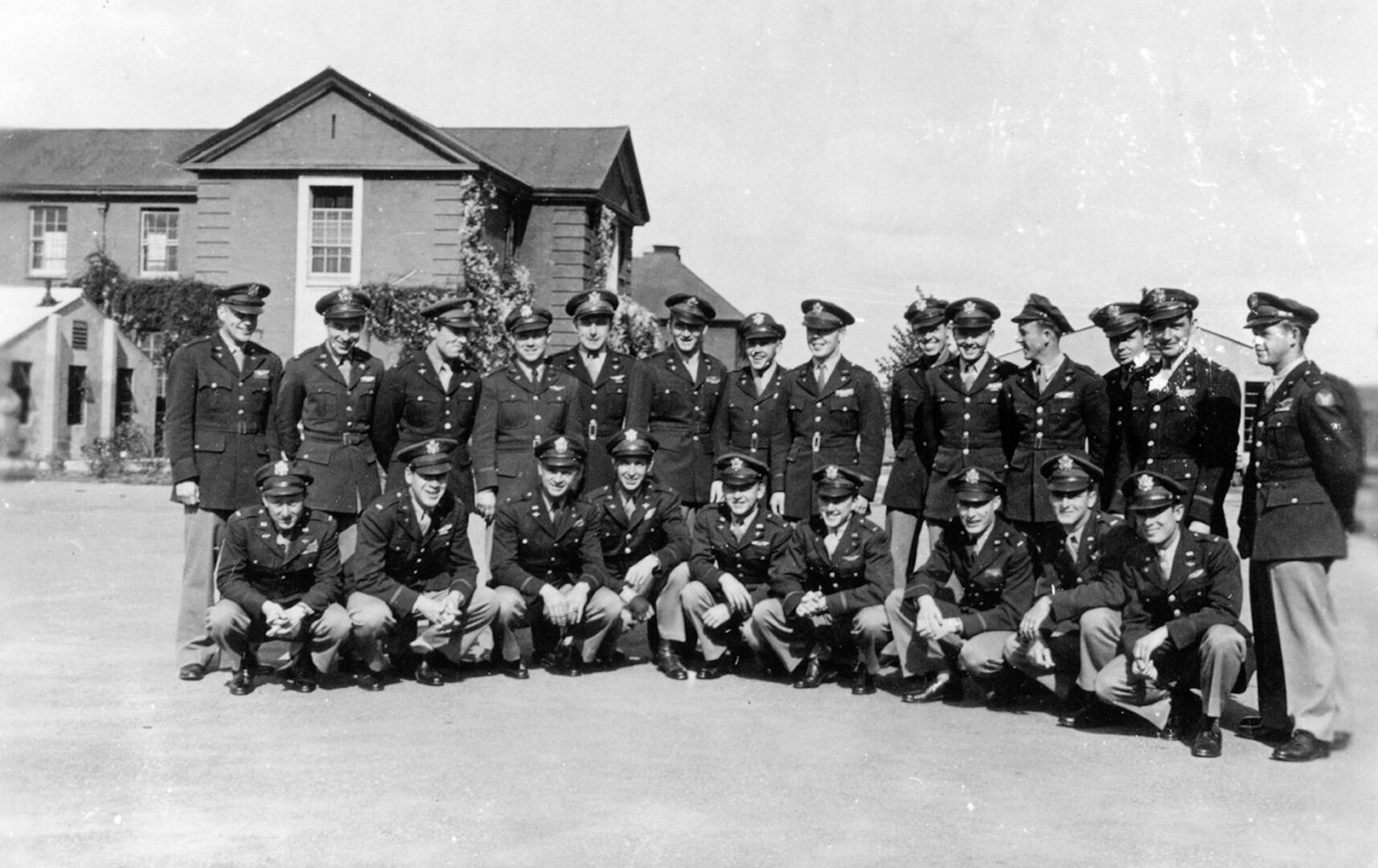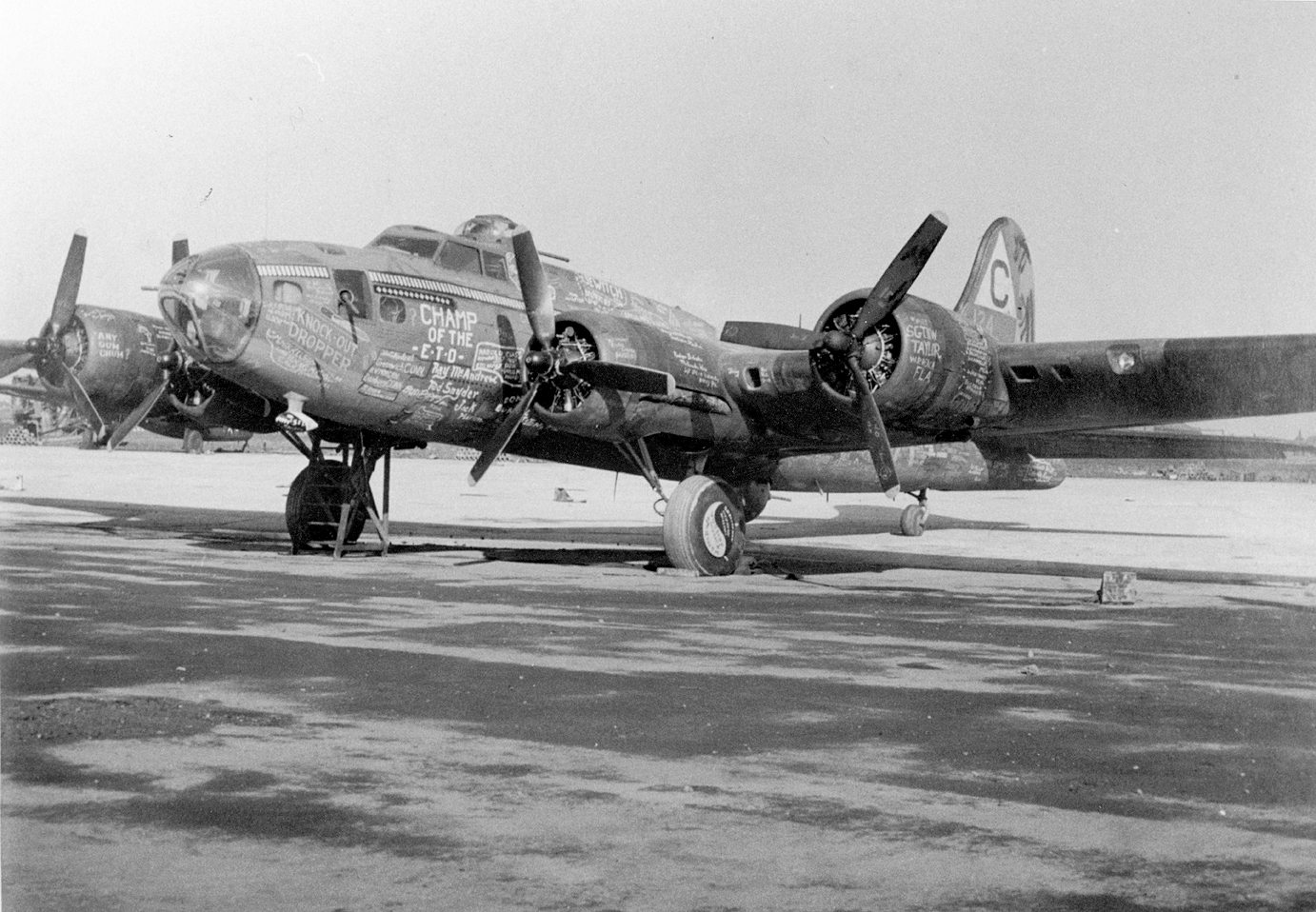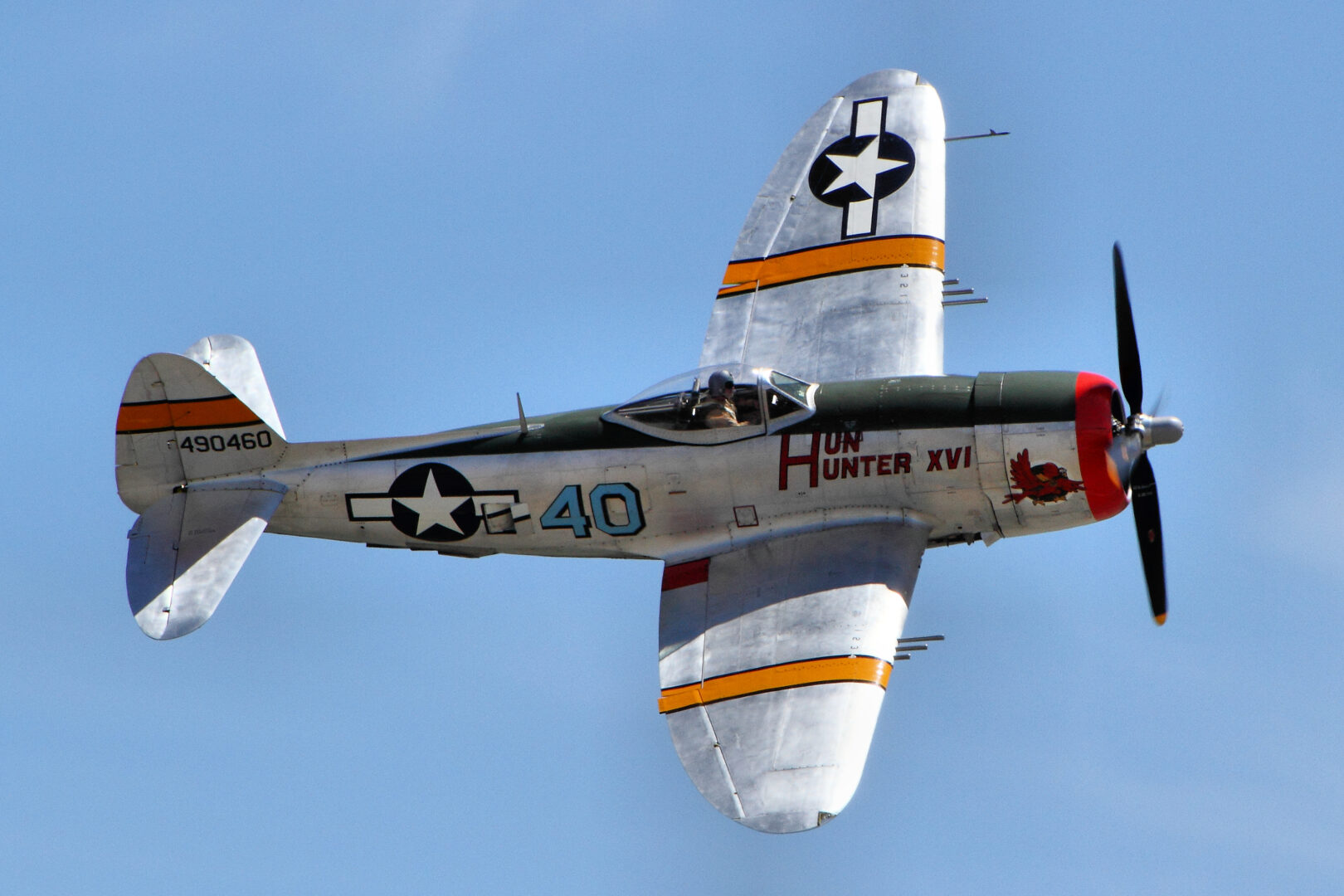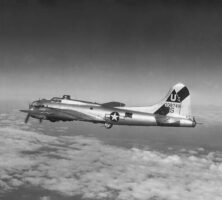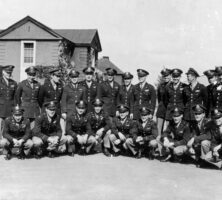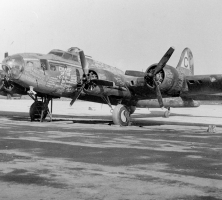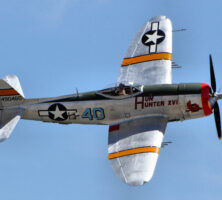Located in Pooler, just minutes from downtown Savannah on Interstate 95, the Mighty Eighth Air Force Museum is a nationally significant military history museum that documents the role of the Eighth Air Force in the defeat of Nazi Germany during World War II (1941-45).
History of the Eighth Air Force
The Eighth Air Force was organized in Savannah on January 28, 1942. The largest force of its kind at the time, the Mighty Eighth comprised forty-eight bomber groups, twenty-one fighter groups, and three photo reconaissance groups. Each of these groups, in turn, were composed of a number of squadrons. Later in 1942 the Eighth’s headquarters, as part of the U.S. Army Air Forces (USAAF), moved to England, where its base of operations remained until the war’s end in 1945. The mission of the Eighth Air Force was the heavy bombardment of strategic and military targets in Nazi-occupied Europe and Germany. The Eighth benefited from such outstanding generals as Carl Spaatz, Ira Eaker, and Jimmy Doolittle and at its peak numbered 200,000 officers and enlisted personnel.
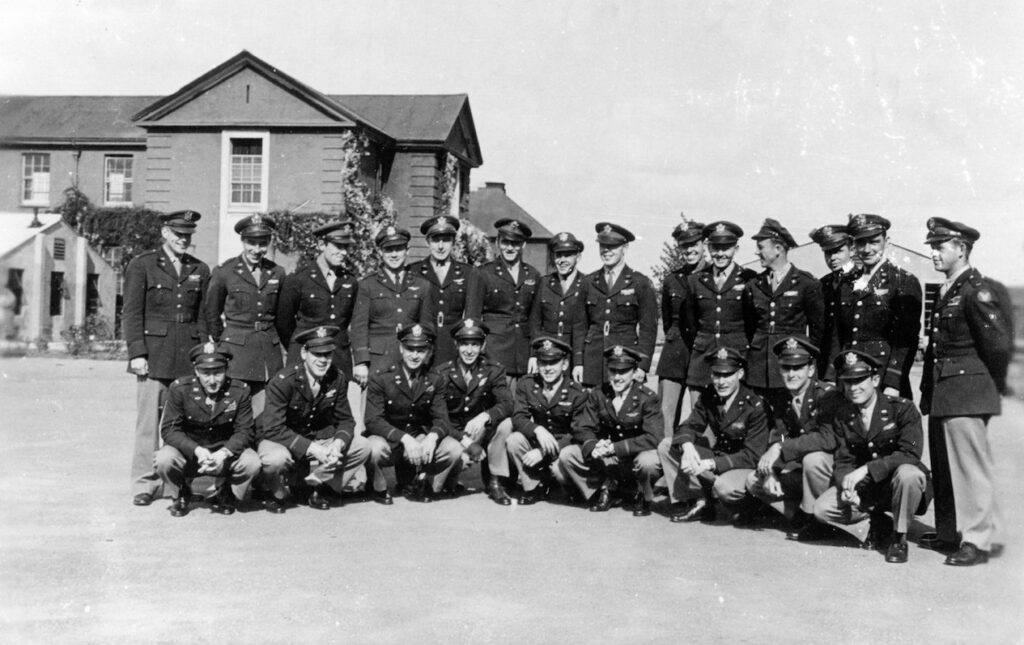
Image from United States Army Air Forces
The Eighth flew its first bombing mission over Germany in the summer of 1942. By August of that year, the Eighth had begun to operate with Boeing B-17 Flying Fortresses and later supplemented its strategic arm with Consolidated B-24 Liberators. Fighters also operated as part of the Eighth.
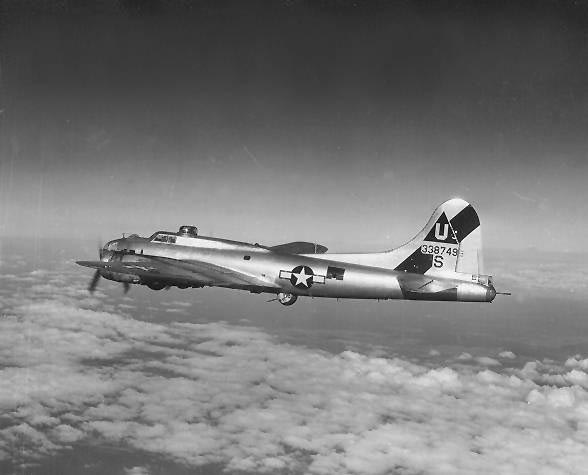
Courtesy of Family of Lt. Patrick A. Walls
Early in the war the United States and Britain divided up strategic bombing responsibilities. The USAAF flew daytime missions, and Britain’s Royal Air Force conducted carpet bombing under cover of darkness. In the early years the Eighth’s bombers sustained heavy losses to the German Luftwaffe because escort fighters did not have the fuel capacity to accompany the bombers all the way to the target. With the advent of the long-range P-51 in 1944 and the development of external fuel tanks for P-47 and P-38 fighter escorts, fighters were able to escort the Eighth’s bombers the full distance. Although there were still bomber (and fighter) casualties, the rate gradually declined.
The conditions under which the air war was fought were extreme. Missions were exhausting, lasting for hours at a time. Flying a lumbering bomber was no easy task either; brute strength often was needed to move the control column and rudder pedals, especially when an engine went out. Flying in close formation through low-visibility weather conditions made midair collision a constant hazard, particularly over England. Though B-17s and B-24s routinely operated above 20,000 feet, where temperatures plunged below zero, their cabins lacked heating and pressurization. Flight crews did wear electrically heated suits, but these frequently malfunctioned. The subzero temperatures inside the planes sometimes froze oxygen lines, leading to hypoxia for unsuspecting crewmembers, who quickly died if the problem was not caught. Add to this the swarms of German fighters that awaited the bombers en route, and the dense flak that protected important targets, and one has a pretty good idea of what a “routine” mission was like before 1945. Because the attrition rate for bomber crews was so high, the odds that a flight crew would complete the twenty-five-mission requirement in 1943 were very slim.
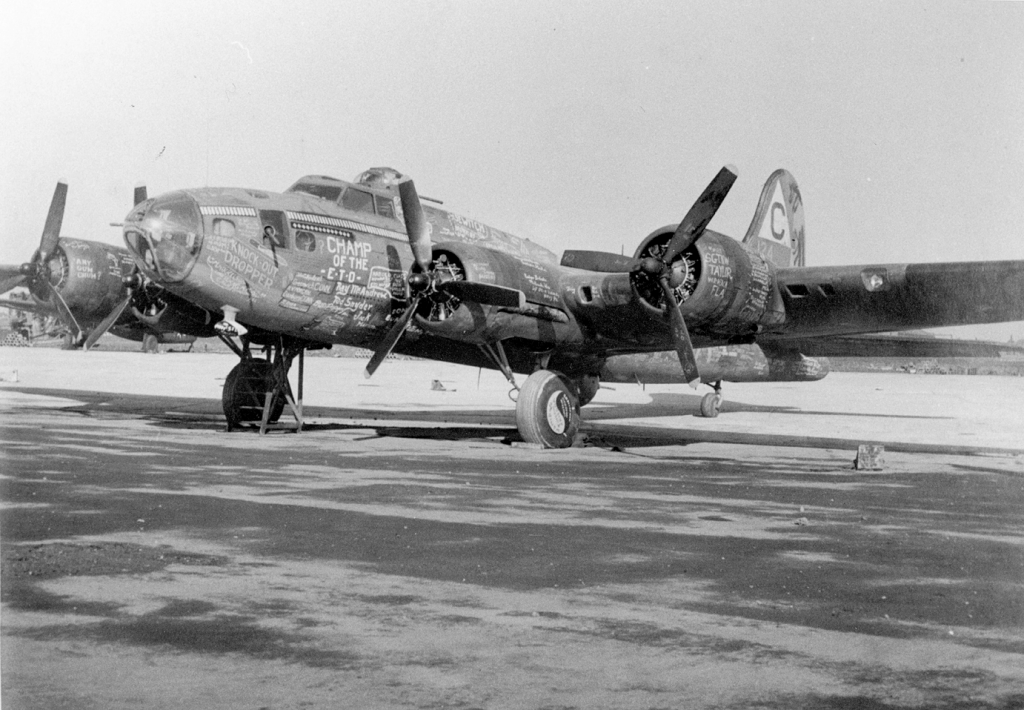
Image from United States Army Air Forces
The valor of the Eighth Air Force flight crews, who suffered the highest casualty rate of all American forces (12 percent), is well documented. The Mighty Eighth’s heavy bombers and fighters played a key role in disrupting Germany’s war effort and thereby contributed substantially to the Allied victory in 1945.
The Eighth Air Force separated from the USAAF in 1947 and became part of the Strategic Air Command (SAC), organized under the newly independent U.S. Air Force. In 1992 the Eighth became part of the Air Combat Command, SAC’s replacement. Today the Eighth remains an important strike element in the modern U.S. Air Force, having actively participated in Desert Storm, the U.S. campaign against Iraq in 1991; in Operation Allied Force, the bombing against Serbian forces in Kosovo by the North Atlantic Treaty Organization in 1999; and in Enduring Freedom, the U.S. invasion of Afghanistan in 2001. In its history the Eighth has operated bombers, fighters, tankers, and missiles.
Museum Exhibits and Grounds
The Mighty Eighth Air Force Museum, established in 1996, tells the story of the Eighth Air Force in World War II. The exhibit opens with an examination of the rise of Adolf Hitler in Nazi Germany and the Battle of Britain. In a special “mission experience” theater, an audiovisual re-creation puts the viewer in the flight crew’s seats during a mission over Germany. Exhibits also document the cramped quarters of a B-17 and B-24, the hazards of flying high-altitude missions, the prisoner-of-war experience, and the standard flight gear on a World War II bomber. Also on display are personal artifacts and memorabilia that document veterans’ experiences during the war.
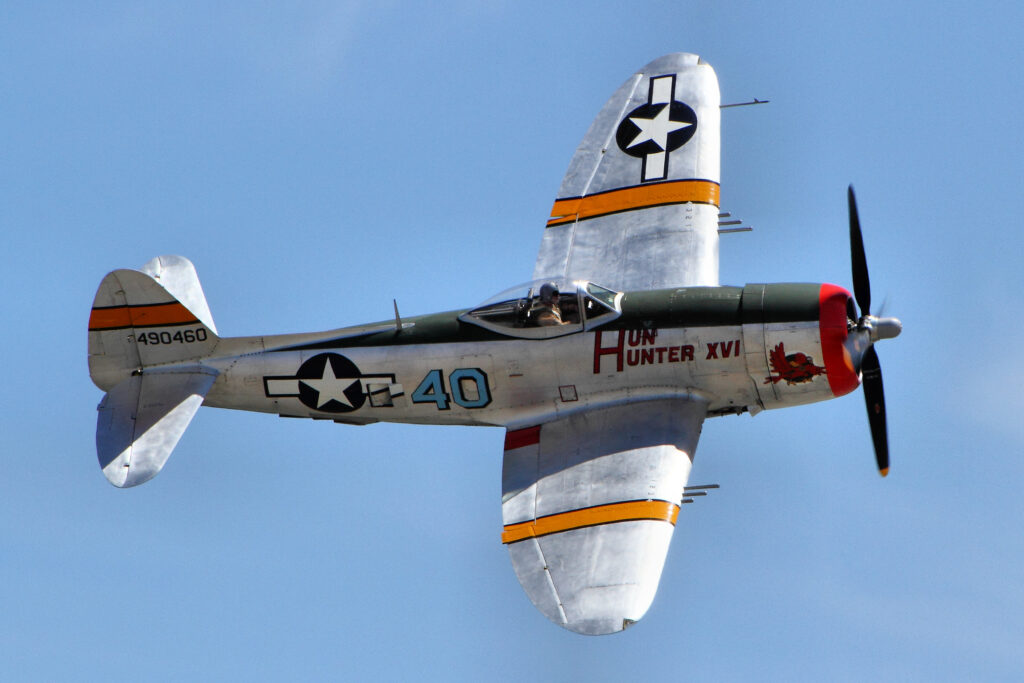
Image from Airwolfhound
A “combat gallery” contains one-to-one scale replicas of the P-51 and the Messerschmitt Bf-109, an ME-163 rocket plane on loan from the Smithsonian Institution in Washington, D.C., and a PT-17 Steerman. Also on the grounds of the museum are aircraft from the cold war era, including an impressively restored (and rare) B-47, an F-4 Phantom, and a MiG-17A. In January 2009 the National Air and Space Museum gave a B-17 bomber to the museum.
The museum maintains a library and archive, four theaters, an artifact collection, a gift store, and a veteran database that seeks to preserve the service history of Eighth Air Force personnel. The museum also maintains an active program in education for middle grades and higher and offers lecture programs for the public. From time to time, aviation art exhibits are on display in the museum, some of them part of the nationally renowned U.S. Air Force art collection.
The museum welcomes reunions and commemorative events. In recent years it has become an important gathering place for veterans. In addition to the museum building, the grounds include a chapel, the Wall of Valor, and memorials recognizing bomber crews shot down during World War II.
The Eighth Air Force played an important role in World War II. The sacrifice and heroism of its personnel stand as an important part of the story of the U.S. war effort in Europe. The museum is a testimonial to that heroism and an important collection that documents the service history and stories of Americans who made up “the last great generation.”


